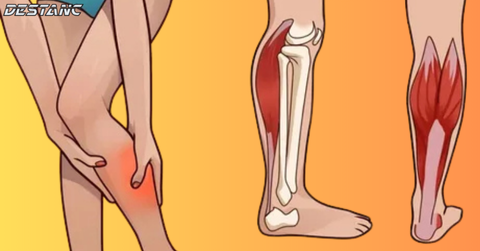What do these red dots on your skin mean..
Red spots on the skin can be a common but disturbing problem for many individuals. While they may often be harmless, understanding the potential causes and consequences of these skin changes is crucial for proper treatment and peace of mind. This article will explore the different causes of red spots on the skin, their symptoms, possible treatments and when you should seek medical advice.

- Introduction to skin changes
The skin is the largest organ in the body and acts as a protective barrier against environmental factors. It is also a reflection of inner strength, and often indicates different conditions through changes in appearance. Red spots on the skin can be alarming, raising questions about their significance and whether they indicate a serious health problem. - Common causes of red spots
A. Allergic reactions
Allergic reactions are one of the most common causes of red spots or rashes on the skin. These reactions can result from exposure to allergens such as certain foods, medications, or environmental agents (such as pollen or pet dander). The resulting hives or rash may appear as raised red spots, often accompanied by itching or swelling.
for. Hemorrhagic spots
Hemorrhagic spots are small, red or purple spots that appear due to bleeding under the skin. They can be caused by various conditions, including viral infections, certain medications, or blood disorders. Hemorrhagic spots do not go away when pressed and may indicate serious underlying health problems, such as thrombocytopenia (low platelet count) or an infection such as meningitis.



